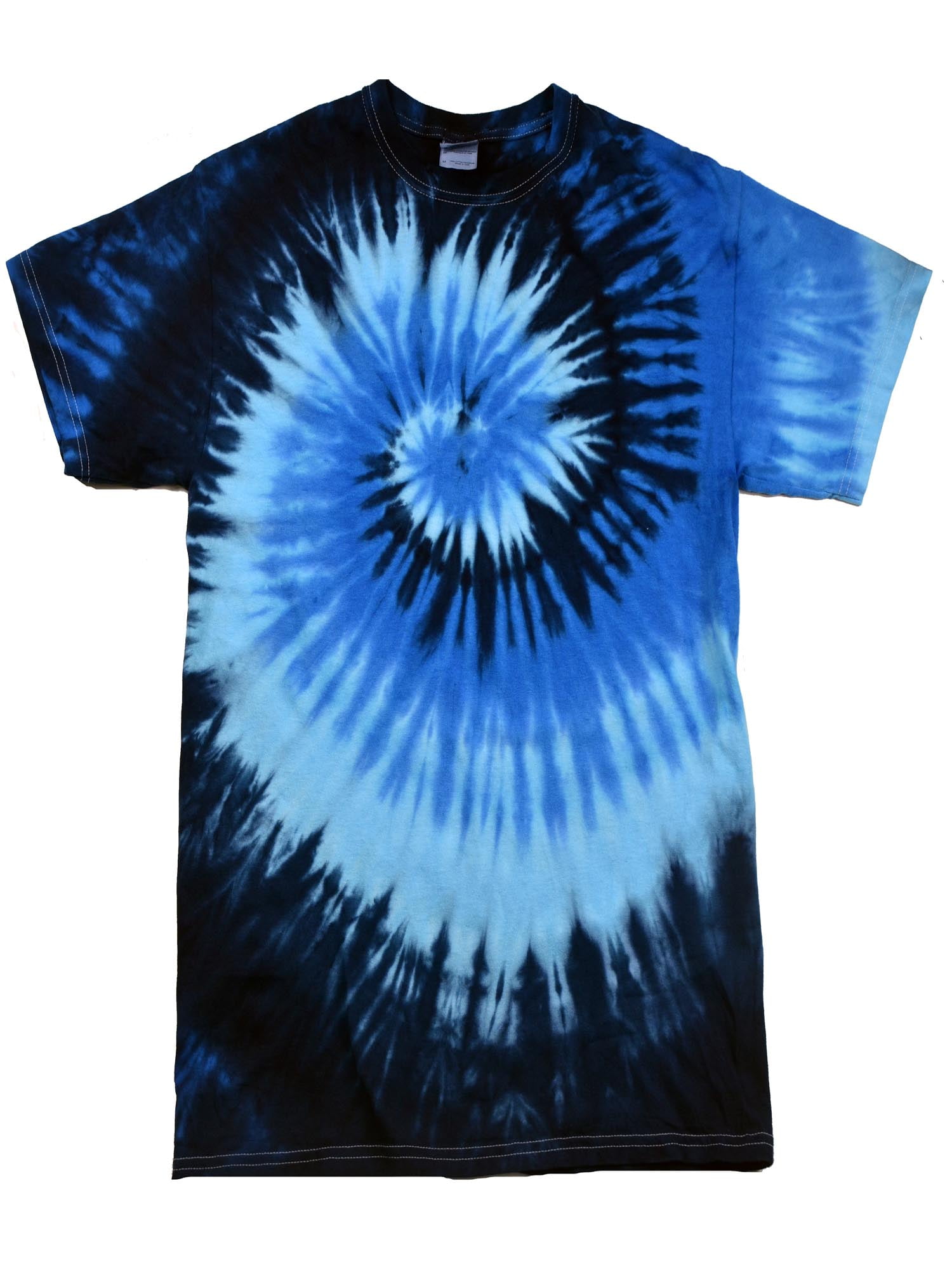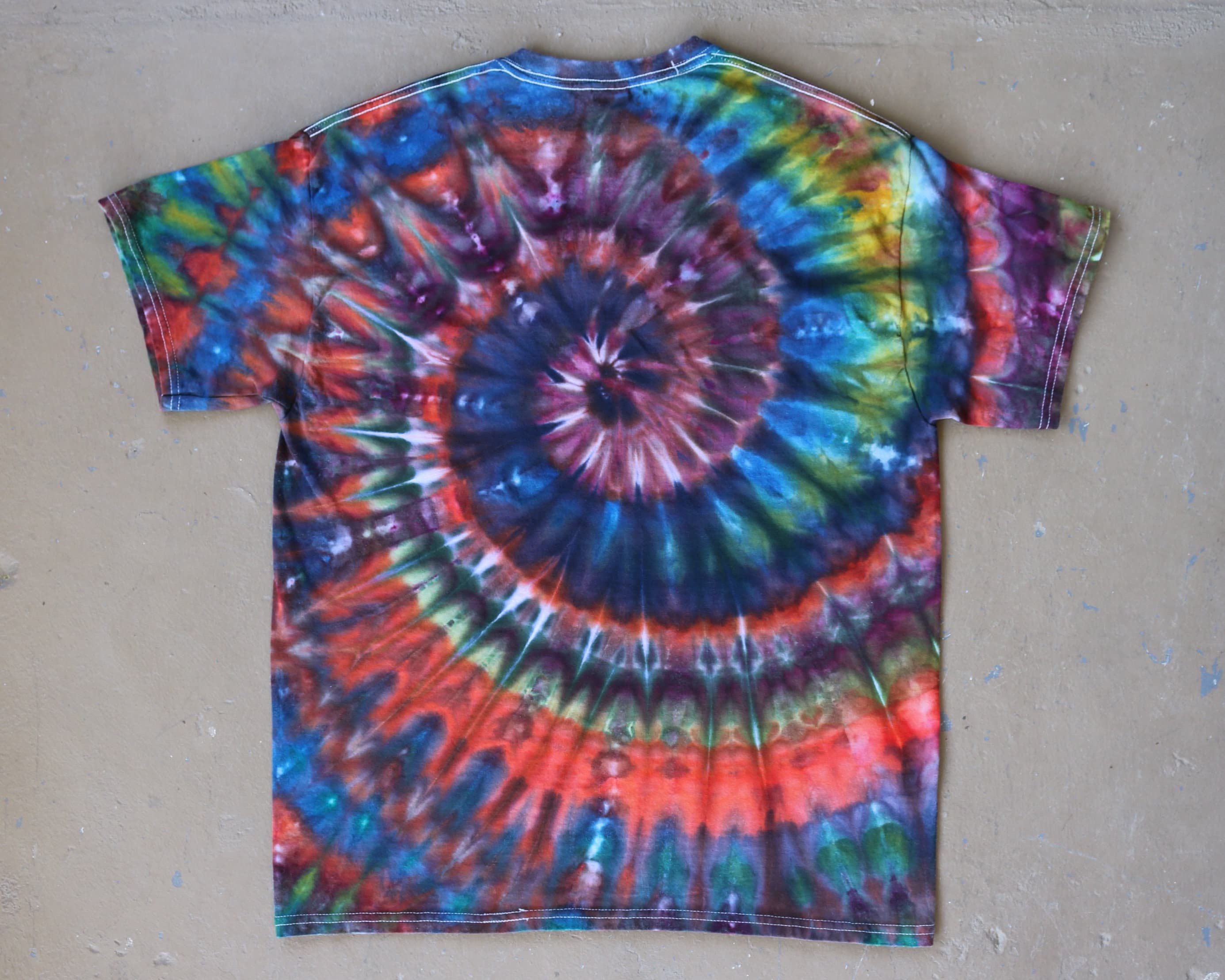

Mordants could be made from alum (potassium aluminum sulfate), salts of iron, copper, or tin, or certain tannic acids, such as those found in oak gall, tea, or sumac bark. Fixing natural dyes required mordants, chemical binders that helped adhere the dyes to fiber or fabric. Some natural dyes were more durable than others, but the dyeing process itself was complicated and could involve multiple steps to “fix” the dye-that is, to make it permanent and resistant to fading (also known as lightfast). Historically, tie-dyers used natural colors sourced from organic material, such as the leaves of the indigo plant or the roots of the rose madder. Other, widely varied techniques of tie-dyeing were developed in Southeast Asia, South America, West Africa, and elsewhere.ĭeGolyer Library, Southern Methodist University Bandhani textiles are produced by plucking fabric into tight, tiny knots before dipping it into dye vats, a method that produces exceptionally delicate and complicated patterns. Among the oldest techniques is bandhani, practiced for more than 4,000 years in South Asia. The essential elements are fabric, string, and colorful dye. Tie-dyeing-or “tied dyeing,” as it was more commonly known before the 1960s-is an ancient art practiced across continents and cultures. But in fact tie-dyeing was invented and popularized much earlier than we might imagine, and its emergence in the United States was intertwined with the arrival of new, cheap, and widely available synthetic dyes. It’s hard to picture the characters in The Great Gatsby sipping champagne while dressed like the crowds at Woodstock. Tie-dyed clothes-icons of the groovy 1960s and 1970s-didn’t dominate early-20th-century fashion. Well, okay, that last part is simply not true. But the most essential fashion staple? Why, it had to be the tie-dyed shirt! That’s right: the tie-dyed shirt, in a rainbow of psychedelic shades, was the hallmark look of the Jazz Age.

Flappers danced the night away in speakeasies, while dapper college boys sported straw boaters and bold two-toned shoes. American fashion in the 1920s was often daring, deco, and decadent.


 0 kommentar(er)
0 kommentar(er)
